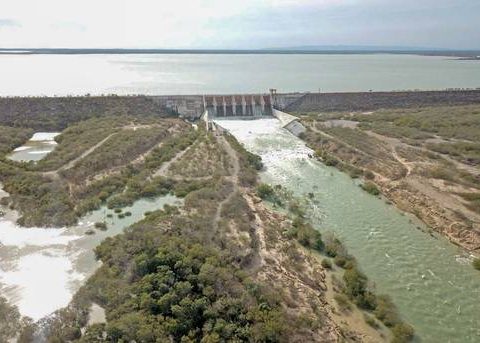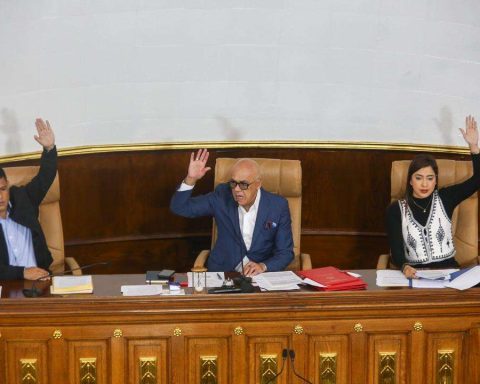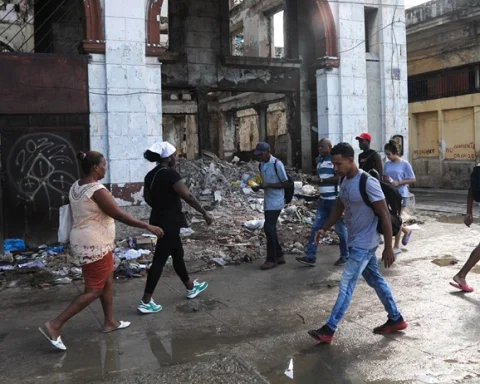Donald Trump began his administration with a massive offensive against illegal immigration, beginning with the deportation of immigrants with criminal records, estimated between 400,000 and 500,000. Last Thursday, 538 of them were arrested and hundreds more deported on military planes, in what his government called “the largest mass deportation operation in history.”
The expulsion of criminals seeks to reinforce public security, but the expulsion of law-abiding undocumented immigrants will hit affected communities and families, generate serious political problems, and destabilize key sectors of the economy that deeply depend on them.
Most of the 11 million undocumented immigrants (between 4.5 and 5 million of them Mexican) perform critical tasks in sectors that citizens and legal migrants tend to avoid. These are those who will be most affected by deportations: agriculture (41.2% undocumented labor), meat and poultry processing (30%-50%), roofing (36%), drywall installation (36 %), painting in buildings (31%), gardening (21%), textile and clothing manufacturing (20%), child care (20%), cleaning and maintenance services (19%), laundry and dry cleaning services ( 18%), food production and processing (16%), construction (13.7%), hospitality and restaurants (7.1%), and personal care and home health assistance (6.9%).
In Washington it is rumored that a plan has been designed in three phases: first, undocumented immigrants from large cities such as New York, Los Angeles, Chicago, San Francisco and Seattle will be deported; then, those who live in medium-sized cities such as Philadelphia, Phoenix, Las Vegas, Miami, Denver, Detroit, Milwaukee, Atlanta, Orlando and Minneapolis; and finally, those who live in rural areas and small cities such as Portland, Salt Lake City, Albuquerque, Charlotte, Nashville, Columbus, Indianapolis, Kansas City, Omaha and Boise. This approach seeks to limit the immediate impact in places where Republicans dominate and mainly affect those governed by Democrats.
Implementing this strategy will not be easy. There will be conflicts between the federal government and Democratic state and local governments. The separation of families and human rights violations will generate protests in many cities. In addition, a loss of 1.4% of GDP is expected in the first year and up to 2.6% in the long term, with accumulated losses of 4.7 trillion dollars in 10 years, added to implementation costs close to $88 billion annually. Due to this economic contraction, the federal government could lose almost $900 billion in tax revenue in that same period.
It remains to be seen what the reaction of Americans will be when they feel the rise in labor costs and the increase in prices for numerous products and services.
Solving the problem of illegal migration requires more than deportations: it requires an approach that addresses the causes that drive people to migrate, values the contributions of migrants and offers long-term sustainable solutions. Trump’s plan will increase polarization in a country that depends, although it denies it, on the silent work of millions of migrants.
Facebook: Eduardo J Ruiz-Healy
Instagram: ruizhealy
















